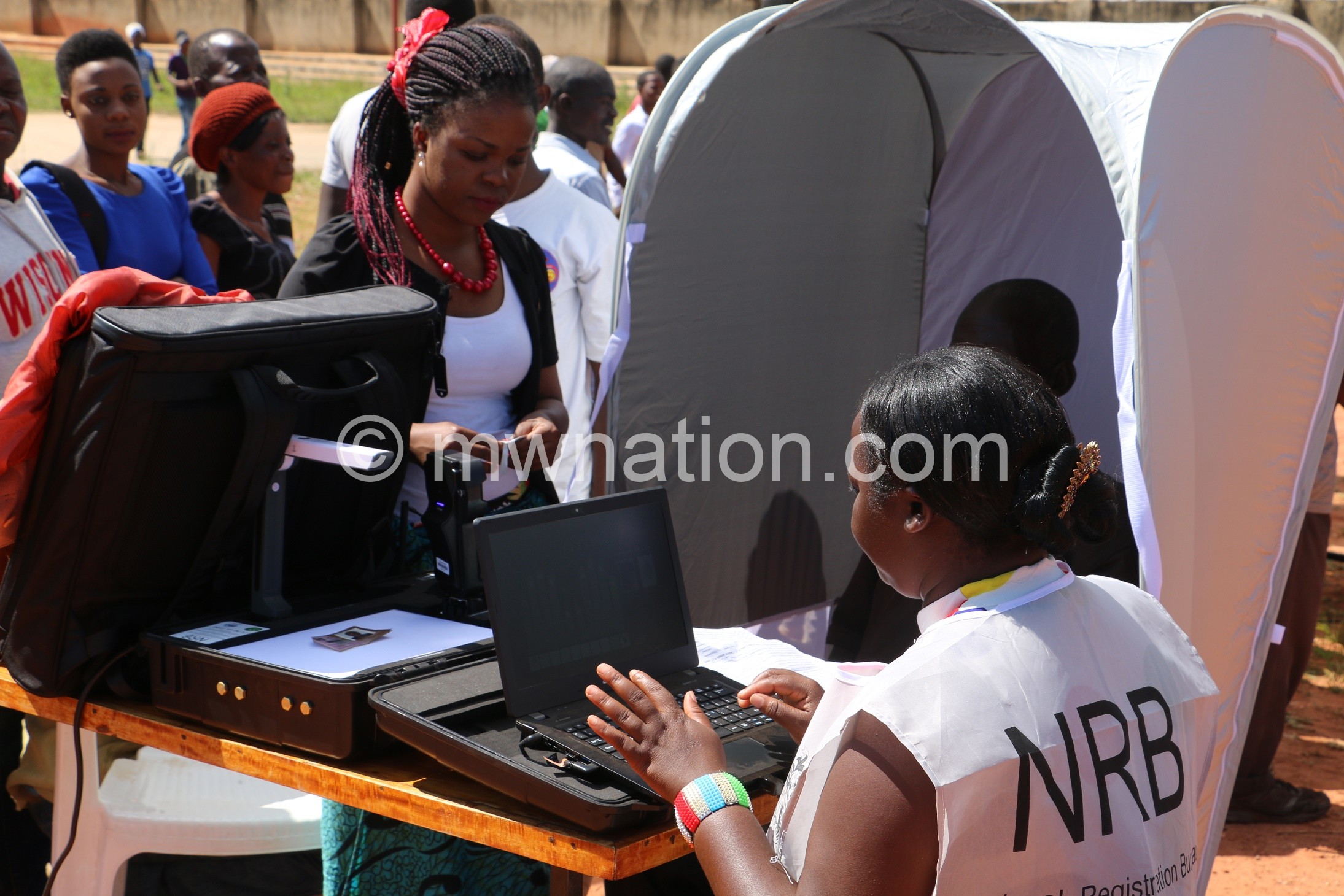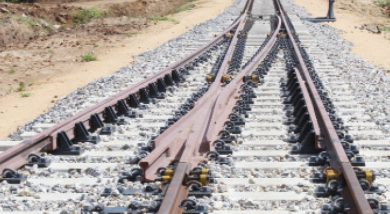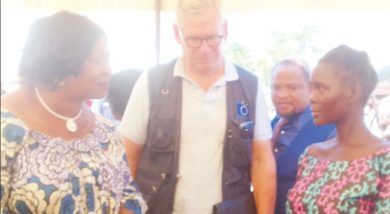Chakwera sticks to development spending
President Lazarus Chakwera appears to have put public infrastructure investment at the centre of Malawi’s economic revival and job creation, pushing up by 26 percent the development budget’s ratio of the K1.9 trillion national budget.
With the capital budget standing at K570.8 billion in 2021/22—which is at least six percentage points above last fiscal year’s K511.2
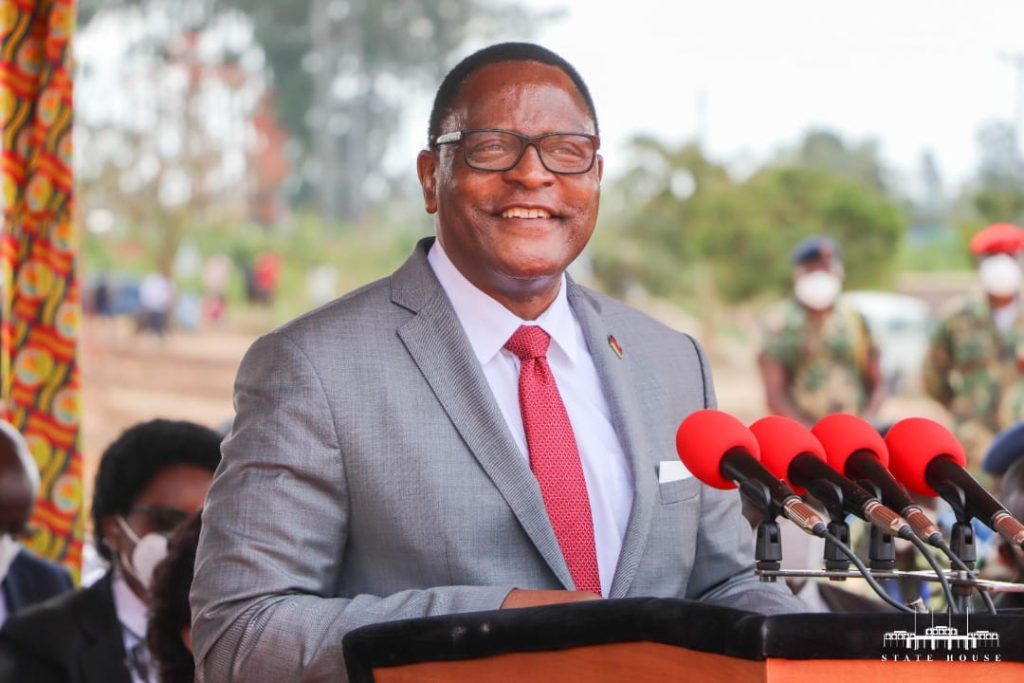
billion development budget as a ratio of total expenditure—the President’s infrastructure spending focus may just be giving the depressed, and to many, depressing Malawi economy the much-needed jolt to work for suffering masses.
It might also signal a shift to focus more on productive spending rather than the consumption centric outlays that have characterised Malawi’s budget executions over the years, reversing potential long-term physical capital formation that the domestic economy keeps yearning for.
The 2021/22 fiscal plan boasts of all key features of a development budget as the development expenditure, at K570.8 billion or 5.6 percent of the K8.1 trillion rebased gross domestic product (GDP), exceeds the 25 percent threshold, according to development economics.
Simple calculation, therefore, shows that development expenditure as a percentage of the entire K1.9 trillion budget accounts for 28.6 percent, a paradigm shift from previous consumption-laden financial plans.
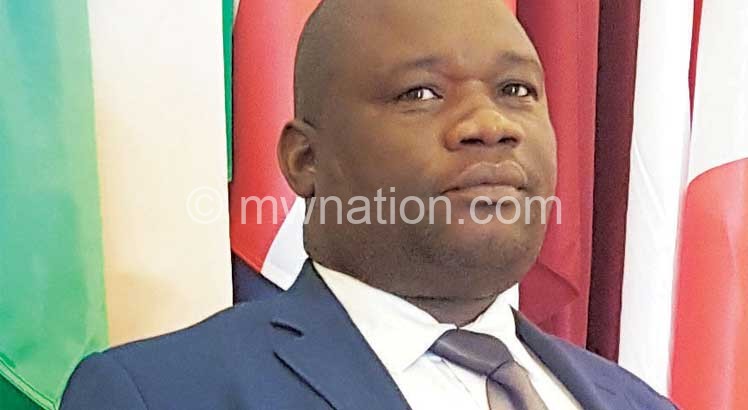
The K2.2 trillion 2020/21 National Budget, a maiden and substantive budget for the nine political-party Tonse Alliance, had its capital budget at K511.2 billion, representing 23 percent of total spending; hence, failing to pass the development budget test, at the onset, although the figure climbed to K614 billion as a projected outturn in the year.
Many economists believe a balancing act between Other Recurrent Transaction (ORT) and capital or development budget was necessary and inevitable this year considering that the 2021/22 National Budget is the first to incorporate Malawi’s second long-term national development plan, Malawi 2063, and the last budget to implement Malawi Growth and Development Strategy (MGDS).
According to a 2021 Public Sector Investment Programme (PSIP) which The Nation has seen, 366 projects were submitted by ministries, departments and agencies (MDAs) for budgetary consideration in the 2021/22 fiscal year budget.
Of these, 160 projects were submitted as ongoing and 221 as new and pipeline projects.
Reads the document in part: “Constrained by the 2021/22 budget framework, a total of K540.81 billion has been allocated to 169 projects under implementation/ new proposals of which K351.24 billion is for part I [external finance] and K189.57 billion is for part II [domestic finance].
“Priority has been given to the projects under implementation in order to complete the ongoing projects first before, including new ones. However, the 23 new projects have been considered and proposed for inclusion in the 2021/22 budget because of their urgency and strategic management.”
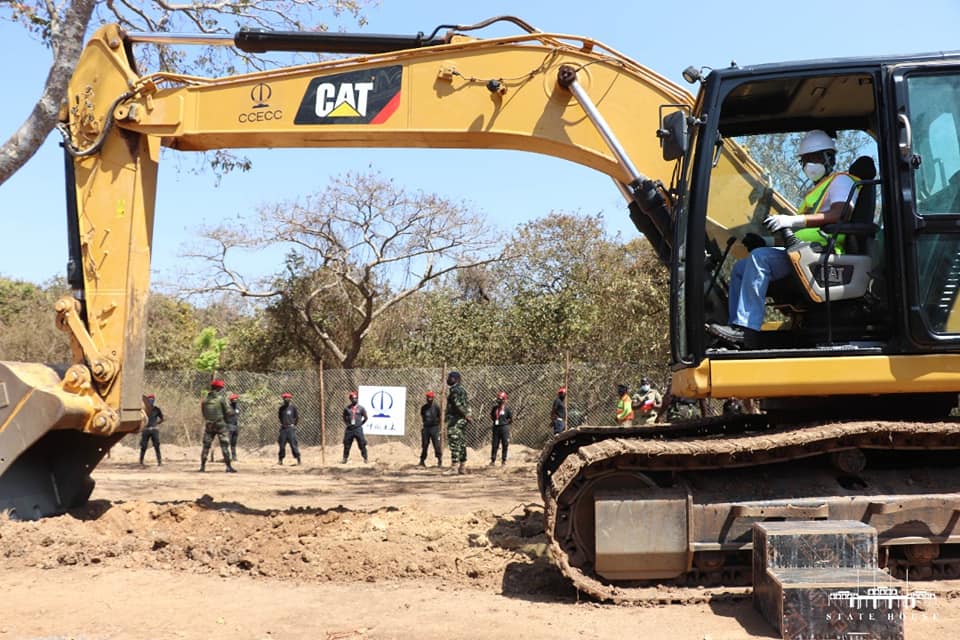
The document also clearly highlights that under the local currency infrastructure bond financed projects, government intends to expedite the delivery of key infrastructure development projects to less than one-third of the time normally taken.
Fifteen projects—to be financed by the K1 trillion infrastructure bond—have been identified in the first phase of the process and the projects were identified, appraised and prioritised through the PSIP process.
In a telephone interview yesterday, Ministry of Transport and Public Works Principal Secretary Patrick Zimpita, while stating that it would be difficult to ascertain how many jobs the lined-up infrastructure projects would create on aggregate, sounded positive that the projects would unleash a myriad of multiplier effects in the economy.
He said: “We expect that there are going to be a lot of employment opportunities that will be created. As for the actual number, then I can’t say how much.
“But the NCIC [National Construction Industry Council] Act says that 30 percent of all construction should be given to Malawians and that is what we are insisting on in all these road projects.
“You remember that most notable contractors have been foreigners but the game has changed and Malawi would also want to develop indigenous contractors as we want.”
Zimpita said the other benefit is that people will be earning income which will be a huge incentive.
According to a circular dated August 17 201, reference number SPC/5/001 which The Nation saw yesterday signed by Secretary to the President and Cabinet Zanga-Zanga Chikhosi, all controlling officers are expected to implement the presidential directive on Micro, Small and Medium Enterprises (MSMEs) and on joint ventures as well as on sub-contracting in construction.
In an interview yesterday on the matter, Treasury spokesperson Williams Banda disclosed that as at August 17 2021, Malawi government had generated about K13.35 billion from the K1 trillion infrastructure bond.
He hinted that the resources will be used to fund the following five projects, namely, Balaka Market to Nkhotakota to Nkhata Bay Road (M5), Ntcheu-Tsangano-Neno-Mwanza Road, Jenda-Edingeni-Engalaweni-Manyamula Road, Dzaleka to Ntchisi-Malomo Road as well as the construction of the Aquatic Complex at Kamuzu Institute for Sports.
Banda said the plan is to issue the bonds quarterly based on resource requirements as submitted by contractors through the respective MDAs.
Quizzed on how different Tonse Government will conduct itself from the previous Democratic Progressive Party (DPP) government which at some point could rechannel resources from development budget to recurrent budget, he said: “All projects will be implemented as planned. We live our promise and that is economic transformation through infrastructure development.”
In a separate interview, economist Milward Tobias said yesterday that public infrastructure and in particular roads are key to economic development elsewhere but quickly noted that the economic returns and development impact from such investments would vary from one project to another.
He said: “I would urge government to prioritise roads with high development impact and I know there is information already of which roads have high development impact. The usefulness of a road is in the goods and people it facilitates to transport. Roads investment should anchor investment in production sectors for a road to make economic sense.”
National Planning Commission (NPC) director general Thomas Chataghalala Munthali yesterday said infrastructure projects in both developed and developing economies have the most multiplier effects on the economy as they attract other investments both domestic and international.
He said huge infrastructure construction is one easy way of quickly graduating to a middle-income economy, “and Tanzania is a testimony of this”.
Minister of Finance Felix Mlusu clarified in his winding up speech for the 2021/22 budget that the K1 trillion will not be raised in one financial year, adding that the amount is simply the total cost of the development projects that have been earmarked to be implemented using resources from the development bond
He said the amount covers the entire implementation period of the selected projects, which for most of them, is pegged at between three to five years.


